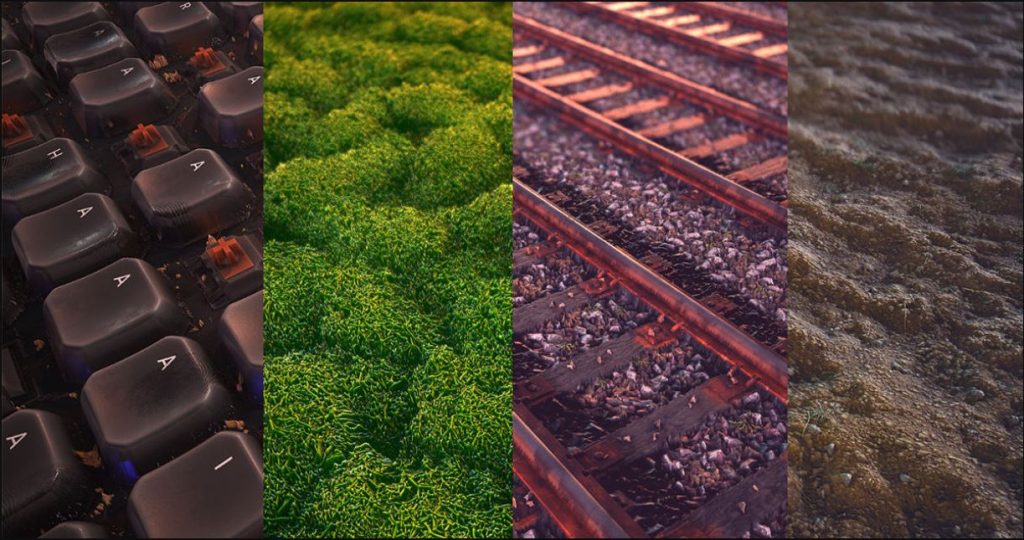The gaming industry, a vibrant world of creativity and innovation, constantly evolves with new technologies and roles. One such role, growing in prominence, is that of a Substance Designer. These professionals use Substance 3D plugins and other tools to create detailed and realistic textures, giving life to the game’s environments and characters. So take a closer look at this captivating role.
Crafting the Visual World: The Heart of a Substance Designer’s Role
A Substance Designer sits at the intersection of creativity and technology. Their primary job is to create detailed textures and materials used to construct a game’s visual world. Imagine them as the interior decorators of the gaming world, where instead of fabrics and furniture, they work with digital textures and materials. They weave details that might escape the casual observer but contribute significantly to the game’s immersive experience.
Substance Designers are akin to master painters, meticulously applying brushstrokes of textures to bring life to the game’s characters, landscapes, and objects. From the weathered cracks on ancient ruins to the intricate patterns on a hero’s armor, every detail is carefully crafted to enhance the player’s visual journey.
The Tools of the Trade: Substance 3D Software
To accomplish their intricate work, Substance Designers rely on specific software tools. The most notable among these is the Substance 3D suite, a family of tools specially designed for texture painting, 3D modeling, and rendering. These tools resemble a painter’s brush and palette, providing the resources needed to create the stunning visual effects we see in our favorite games.
Within the Substance 3D suite, Substance Designer is the primary tool used by these professionals. It allows them to create complex and highly detailed materials using procedural and scanned textures.
A Blend of Art and Technology: Skillset of a Substance Designer
Being a Substance Designer requires a unique mix of artistic flair and technological prowess. They must possess a keen eye for detail and a deep understanding of color, light, and shadow, similar to a traditional artist. However, they must also have a solid grasp of 3D modeling and rendering software. It’s like being a sculptor and an engineer simultaneously, crafting art within the technology framework.
Substance Designers and the Gaming Pipeline
Within the game development pipeline, Substance Designers play a vital role. They usually step in once the initial 3D models have been created, adding the textures and materials that bring these models to life. It’s like transforming a sketch into a full-fledged painting, filling in colors, shades, and details. Their contribution adds depth and realism to the game, enhancing the player’s immersion and overall experience.
According to Adobe, “Use Substance materials for 3D printing data preparation, sample from material libraries or marketplaces.”
Future Prospects for Substance Designers in Gaming
The future looks promising for Substance Designers in the gaming industry. With the increasing demand for high-quality, realistic graphics in games and the growing popularity of VR and AR technologies, their skills are more valuable than ever. Like the demand for special effects artists in movies, the need for skilled Substance Designers is rising.
A Substance Designer plays a pivotal role in shaping the visual landscapes we explore in video games. Through their combination of artistic sensibility and technological expertise, they contribute significantly to the magic and allure of the gaming world. As we continue to push the boundaries of realism in games, the work of Substance Designers will undoubtedly grow in importance, marking them as key players in the game development process.













